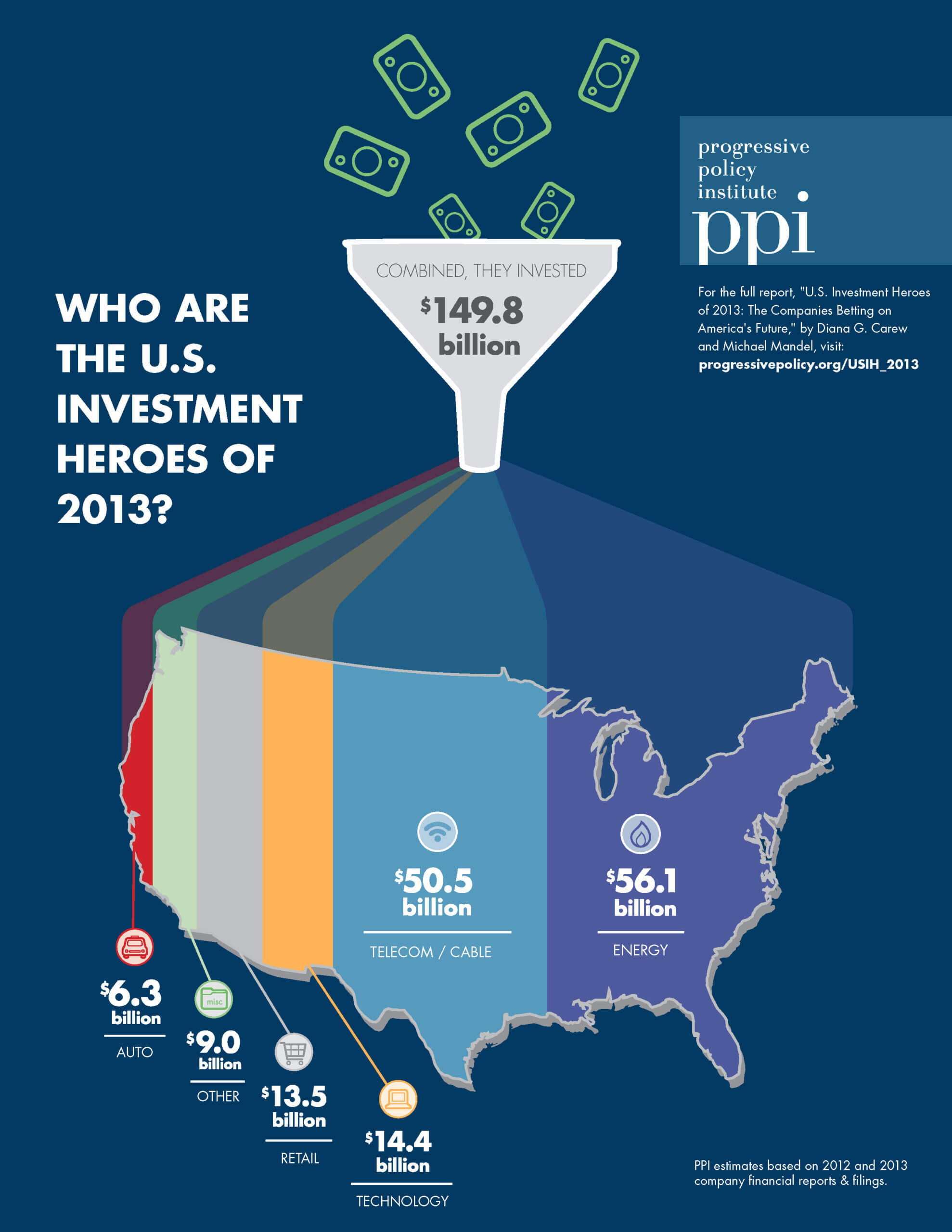Local governments are about delivering services and getting things done: Fixing highways, running buses, picking up trash, ensuring public safety, educating children. To do their job in an era of tight finances, what’s needed are technologies that make public services better and cheaper, and improve the quality of life for urban Americans without increasing costs.
So far the Internet and the shift to digital has boosted the efficiency of smart local governments, increased transparency, and made it easier to communicate with local residents. In many cities and towns it’s possible to look up property tax records online, for example; download essential forms and documents; or learn when the town dump is open. New York City is a leader in this area: its “OpenData” catalog contains more than one thousand data sets available to the public.
But the mere upload and download of data is not enough to get cities and towns out of their fiscal squeeze. That’s why, if we want to truly transform the delivery of public services, we need to look to the coming wave known as the “Internet of Everything.”
What is the “Internet of Everything?” As I write in my new report, the Internet of Everything (IoE) is about:
…building up a new infrastructure that combines ubiquitous sensors and wireless connectivity in order to greatly expand the data collected about physical and economic activities; expanding ‘big data’ processing capabilities to make sense of all that new data; providing better ways for people to access that data in real-time; and creating new frameworks for real-time collaboration both within and across organizations.
In other words, IoE links things in the physical world with data, people, and processes, so that better decisions can be made in real-time.
On a national level, IoE can provide a tremendous boost to growth. We estimate that the Internet of Everything could raise the level of U.S. gross domestic product by 2%-5% by 2025. If this gain from the IoE is realized, it would boost the annual U.S. GDP growth rate by 0.2-0.4 percentage points over this period, bringing growth closer to 3% per year.
Part of these gains from the Internet of Everything would show up in the form of better and cheaper services provided by local governments. The key here is better decisions in real-time. One clear example comes out of the horrific flooding in Colorado. Having been hit by a devastating flood in 1997, the city of Fort Collins, CO, maintains a network of rainfall gauges and stream sensors which deliver real-time information on the potential for flooding both to a city website and to smartphones via an app. This connection with real time sensors enables both city officials and local residents to make better real-time decisions about when and whether to evacuate.
Cities can also use the Internet of Everything to help improve the mundane service of trash pickups. As my report notes:
The ‘smart’ trash and recycling stations from BigBelly Solar can sense how full or empty they are, and communicate wirelessly with the trash collection agency. Armed with this information, pickup trucks can go directly to the bins that are full, while skipping trash and recycling stations that are empty. The result: Cleaner streets, lower fuel usage, and fewer greenhouse gas emissions.
An essential service that is usually handled at the local level is transportation. Already more and more cities are using GPS systems to track buses and provide the information to passengers via apps. The next stage is to provide sensors that monitor waiting passengers, with the possibility of rerouting buses or having them skip stops in order to provide better service.
Or consider noise complaints, one of the most pervasive problems of big city living. Noise can often be intermittent, making it very hard for local governments to adequately respond. However, smartphones are able to measure local noise levels, making it possible to build ‘noise complaint apps.’ Alternatively, low-cost sound sensors could help track troublesome noises in real time.
Finally, there is the most crucial local service of them all, education. Let’s focus on career/technical education. Businesses continue to complain about not getting enough skilled workers, but schools have been cutting back on CTE. Moreover, what they do offer is less directly relevant to today’s rapidly changing workplace, because it’s too expensive for most school districts—and CTE teachers–to keep up to date.
The Internet of Everything offers the possibility of lowering the cost of career/technical education by building sensors right into the equipment, which can offer immediate feedback to students. One offbeat example comes from Cisco, which built sensors into a basketball. In theory, that means someone trying to learn to play the game can automatically get corrections about how to shoot the basketball, enabling them to learn faster. The same principle can eventually be applied to career/technical education, lowering costs and speeding learning.
City officials face a historic challenge, and a historic opportunity. With less resources, can they provide better services at lower cost? The Internet of Everything is no panacea, but it can assuredly help.
Continue reading at Techonomy.






